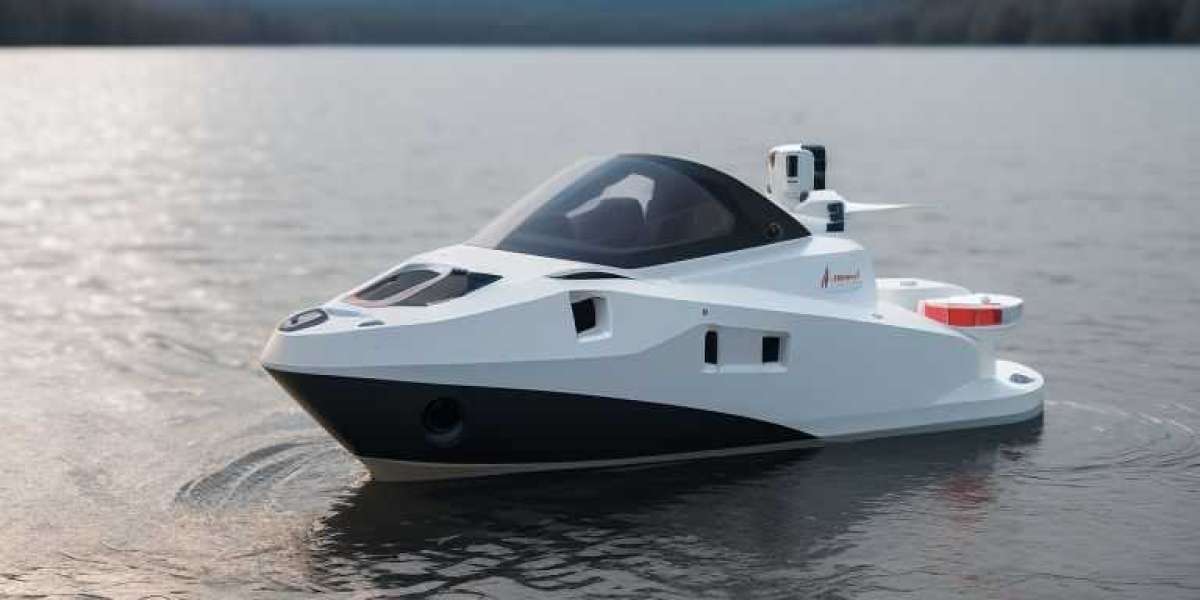Introduction
As the world swings toward more sustainable energy sources, renewable energy initiatives are gaining traction. One crucial component that sometimes goes undetected is the function of hydrographic surveys in project design and execution, particularly for marine and offshore systems.
This blog discusses the importance of hydrographic surveys for renewable energy projects, emphasizing their methodology, benefits, and critical role in accomplishing sustainable energy objectives.
Understanding Hydrographic Surveys
Hydrographic surveys are systematic explorations of water bodies that gather information about the physical characteristics of the seafloor and water column. This information is critical for a variety of applications, including navigation safety, environmental management, and, more recently, renewable energy production.
Hydrographic surveys are critical for offshore wind farms, tidal energy projects, and wave energy projects in the context of renewable energy.
The Value of Hydrographic Surveys in Renewable Energy Projects
1. Site Assessment and Feasibility Study
Before any renewable energy project can begin, a thorough site assessment is required. Hydrographic surveys give crucial data about:
- Seabed Composition: Understanding the type of sediments and geological features on the seabed can assist assess if a place is suitable for infrastructure development. For example, granite or hard soils may be better suited to foundations than loose sand.
- Water Depth and Topography: Accurate depth measurements are critical in the design and positioning of turbines and energy converters. Hydrographic surveys generate detailed bathymetric maps that assist engineers with their planning.
- Current and Wave Conditions: Understanding the prevailing currents and wave patterns helps to optimize the design and location of renewable energy devices, reducing possible damage during severe weather events.
2. Environmental impact assessments
Renewable energy projects must follow severe environmental rules. Hydrographic surveys add considerably to environmental impact assessments (EIAs) by:
- Identifying Sensitive Habitats: Surveys can identify the presence of critical ecosystems such as coral reefs, seagrass beds, and marine species that require conservation during project development.
- Understanding Ecological Interactions: Data obtained can assist determine how proposed initiatives will affect local wildlife, particularly migratory species and breeding sites.
3. Infrastructure Design and Installation
Hydrographic surveys offer the data needed to develop and implement offshore renewable energy infrastructure, including:
- Foundation Design: The information acquired assists engineers in designing strong foundations for wind turbines or tidal energy devices, ensuring stability and longevity.
- Cable Routing: For projects that require undersea cabling, hydrographic surveys determine the optimal routes that minimize environmental threats and existing marine infrastructure.
4. Monitoring Maintenance
Once a renewable energy facility becomes live, continuous hydrographic surveys can help monitor the site for:
- Changes in Seabed Conditions: Regular surveys can detect changes in the seabed caused by erosion, sediment deposition, or other environmental factors, allowing for proactive management.
- Environmental Compliance: Ongoing monitoring ensures that the project follows environmental standards and does not harm local ecosystems.
Methodologies of Hydrographic Surveys for Renewable Energy
Hydrographic surveys designed for renewable energy projects use a number of different approaches.
- Multibeam Echo Sounding
This approach generates comprehensive bathymetric maps by combining numerous sonar pulses. It collects high-resolution data on seafloor morphology, enabling exact assessments of site conditions.
- Side-scan
Side-scan sonar technique identifies objects and structures on the seabed, including wrecks and pipelines, that may impede construction and operation.
- Sub-bottom Profiling
This technology facilitates the visualization of sediment layers beneath the seafloor, which is critical for understanding geological conditions and selecting appropriate installation methods.
- Environmental sampling
Hydrographic surveys frequently include environmental sampling to examine water quality, sediment composition, and biological surveys, which ensure that all components of the ecosystem are taken into account.
Conclusion
Hydrographic studies are critical to the successful implementation of renewable energy projects, especially those located offshore. These surveys ensure that renewable energy developments are both efficient and environmentally responsible by collecting critical data for site assessment, environmental impact assessments, infrastructure design, and continuing monitoring. As the demand for sustainable energy solutions develops, hydrographic services will become increasingly important in supporting these projects, paving the path for a cleaner, greener future.
In an era when transitioning to renewable energy is critical for combating climate change, investing in complete hydrographic surveys is more than simply a requirement; it is a pledge to a sustainable future. Understanding and using hydrographic data is critical to the success of renewable energy projects and the protection of our valuable marine ecosystems, regardless of whether you are a developer, engineer, or environmental advocate.








